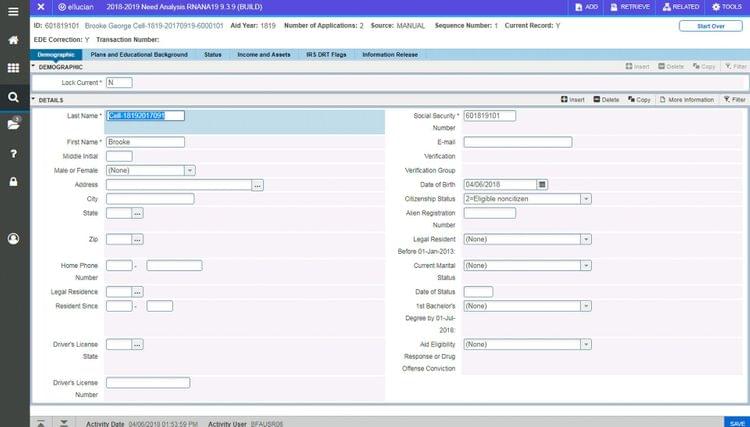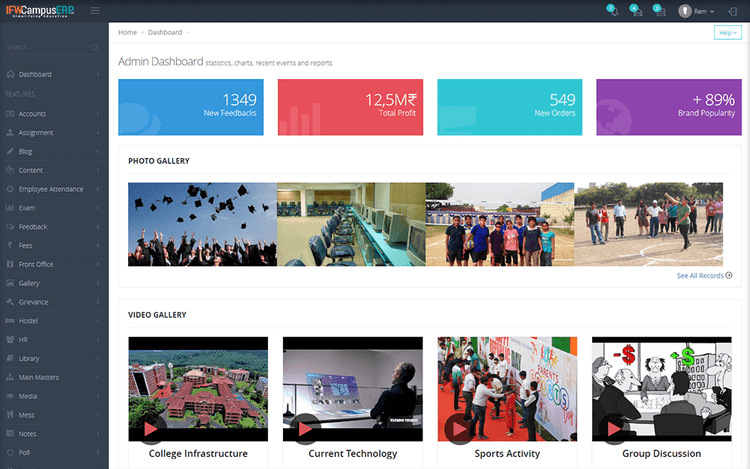
Using our decades of experience helping educators find school management software, we’ve created this guide showcasing the best higher education ERP systems.
Written by Last updated on February 6th, 2024 Editor’s Rating: Best OverallHigher education ERP systems (enterprise resource planning systems) combine the functionality of student information systems (SIS), school administration software, human resources, and financial management. Using our in-depth review methodology, we’ve put together a list of the best higher education software:
Why We Chose It: Ellucian Banner is our top pick for a specialized ERP system tailored for higher education institutions due to its scalability, extensibility, and higher education expertise. One notable element we tried was the “Plan your course” feature, which streamlines student registration and scheduling to enhance administrative efficiency and the user experience.
We found Ellucian Banner is most suited for mid-sized to large higher education institutions that require a comprehensive system to manage various aspects like student information, human resources, finance, and financial aid.
Best Overall: What We Like Flexible deployment options Expertise in serving higher education facilities and organizations Scalable and extensible for growing systems What We Don’t Like Must contact the vendor directly for pricing details Reporting functionality is on the basic side Users have reported issues with timely customer service Client OS: Web Deployment: Cloud or On-Premises Try Demo Get PricingWhy We Chose It: Our next pick, UNIT4 Business World, is a highly customizable ERP. This flexibility is a key advantage, allowing customization to meet different departments’ specific needs within an educational organization.
UNIT4’s ability to automate large journal entry processes and improve state and federal reporting, as reported by users, highlights its efficiency in managing complex financial operations. This feature is especially beneficial for higher education institutions that often deal with intricate funding and reporting requirements.
Best for Customization: What We Like Highly customizable to business needs Wide array of functional modules Intuitive, user-friendly interface What We Don’t Like Upgrade challenges due to customizations Can be slow, especially during updates Lacks built-in tutorials for features Price Range: $$$$$ Client OS: Windows Deployment: Cloud or On-Premises Try Demo Get PricingWhy We Chose It: We picked Workday because it blends financial management with human capital to provide real-time insights into both. Workday’s over 600 third-party integration capabilities and in-depth people analytics make it particularly beneficial for higher education institutions that require dynamic management tools.
Workday also has AI-driven features for employee engagement and skills management. This can relieve stress on workers and provide real-time insights.
Best for Integrations: What We Like Brainstorms from community suggestions Configuration flexibility Powerful frameworks What We Don’t Like No live chat or knowledge base No free version or trial available Price Range: $$$$$ Starting Price: $45/employee/month Client OS: Web Deployment: Cloud Hosted Try Demo Get PricingWhy We Chose It: MyClassCampus by Teachmint is a school management software with ERP capabilities. Most importantly, the platform facilitates communication between students, parents, and school management through features like instant messaging, push notifications, and voice calls. This enhances engagement and helps address classroom management issues. It also manages various school operations like fee management, attendance tracking, and releasing results to students.
Best for Communication: MyClassCampus What We Like Integrates with multiple modules for additional functionality Multi-device accessibility Offers self-managed school website through Teachmint What We Don’t Like Requires a developer quote to get pricing details Limited customization options Client OS: iOS, Android, Web Deployment: Cloud Hosted Try Demo Get PricingWhy We Chose It: Camu, an online learning software, provides an integrated SIS (student information system) and LMS (learning management system) that caters to the entire student lifecycle. The platform includes course registrations, online admissions, virtual classrooms, outcome-based education (OBE), and attendance tracking.
Best for SIS: What We Like Serves K-12, higher ed, and government organizations Integrated SIS and LMS What We Don’t Like Pricing not shared by the developer Limited class merging options Client OS: Windows, macOS, iOS, Android, Web Deployment: Cloud Hosted Try Demo Get PricingWhy We Chose It: Fedena meets the requirements of education boards like CBSE, International Baccalaureate (IB), ICSE, Regional State Board, and more. Integration with Moodle learning management system and other plugins is another great benefit. We also liked the solution’s customizable dashboard with ‘dashlets’ which provides users with an at-a-glance overview of critical information, making it a potentially efficient tool for educational institutions.
Best for Education Boards: What We Like Provides a full ERP Customizable Has student and parent portals What We Don’t Like Installation can be complex Price Range: $$ Starting Price: $699/year Client OS: Web Deployment: Cloud Hosted Try Demo Get PricingWhy We Chose It: Oracle Student Cloud is a “next-generation” higher education ERP software designed to streamline back-office operations and improve the student experience. Oracle is already a force in the world of ERP systems, and Student Cloud is their shot at staying competitive in the world of higher education.
Top features of Oracle Student Cloud include financial planning, recruiting, and a full student information system. This software is completely cloud-based (SaaS) and can be accessed anywhere it’s needed on campus.
Oracle Student Cloud What We Like Integrates with other Oracle products Has advanced analytics What We Don’t Like Pricing not available Requires technical expertise and training Client OS: Web Deployment: Cloud Hosted Try Demo Get PricingHigher education ERP software helps support academic-related business processes in colleges and universities, such as exams, grades, tuition billing, scheduling, and overall administration. These college ERP solutions combine the handling of academics of college between students and teachers with the administrative nature of running an educational organization.
Higher education has always had a unique organizational model compared to any other business structure. As such, traditional business software doesn’t provide what schools need. Educational ERP software systems are replacing the practice of having multiple software programs to handle specific workflows, such as overall management, financials, and administration. Vendors are taking note, and are beginning to develop fully-integrated options that let universities provide best-practices for students, teachers, administration, and beyond.

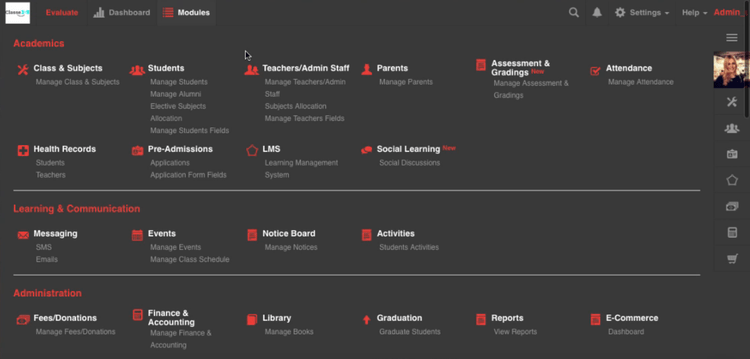
ERP for educational institutions helps handle the administration of the education-related process including fees paid by students, managing the university library, monitoring student grades, and sending university information and details to students, alumni, and staff. Whether a community college or a large privately run university, some of the top benefits of higher education ERP systems include:
Colleges and universities need a higher education ERP system to help students, faculty, and administrative staff use data in a more organized and structured manner for effective project management. A correctly deployed ERP software will help your college organize data and automate processes in your academia management.
One example is staying compliance with any learning criteria your state has set forth, or any benchmarks your university has set up on its own. Some higher education ERP software will have a direct link to state entities or licensure boards to monitor your school’s performance. You can also record all activities by program (whether recruitment, employment, school advertising, etc.), gather analytic data from prebuilt reports, and send useful information to program coordinators who desire the ability to chop up student enrollment data.
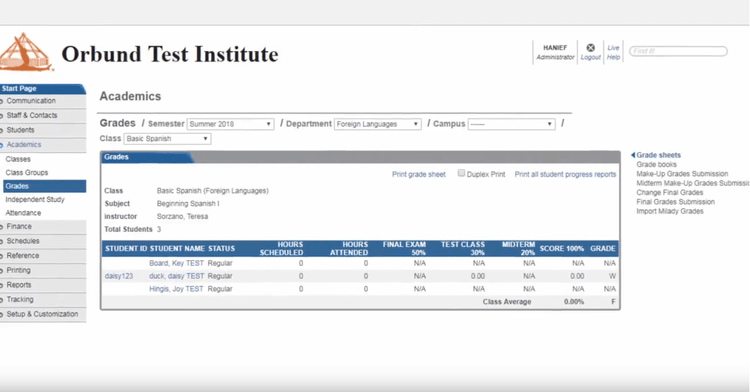
Communication systems in higher education ERP systems will let teachers, non-education staff, administrators, and students have a voice and talk with one another. This can help ensure that all levels of your university are on the same page.
Once barriers have been removed from communication, students can easily ask questions online for other students, teachers, or TAs to help answer them. This sense of community can encourage discussion and help students explore previously unthought-of ways of answering questions, completing assignments, and studying for tests.
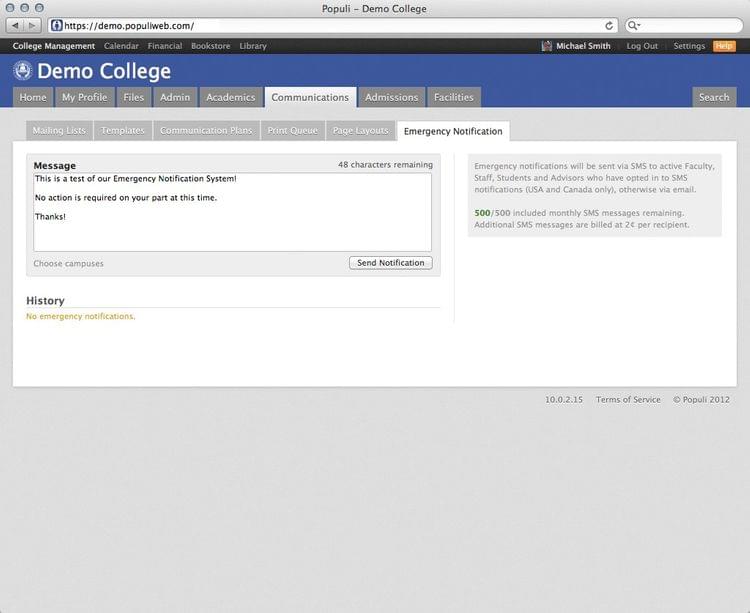
Some people refer to higher education ERP software as a type of school management software. The intent of both types of software is the same, to optimize school operations, but the environment they are put into is the key difference:
A school management software automates the administrative tasks of K-12 educational institutions. A higher education ERP system focuses just on higher-education learning environments like colleges, universities, and post-secondary schools.
In short, a general school management software would cover the functionalities a K-12 school may need that a college would not, such as disciplinary tracking on students, management of after-school programs, and reporting to the state for state-issued funding purposes.
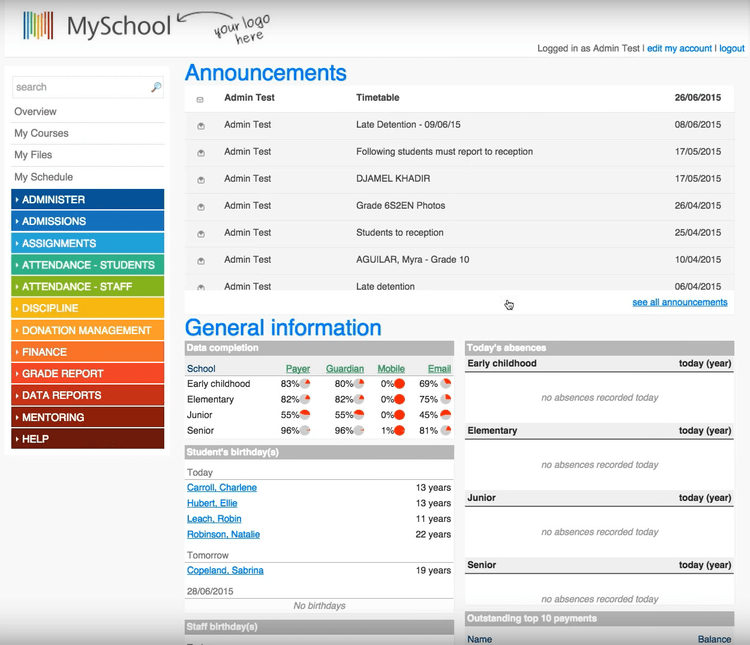
The core of any student management software is the student information systems (SIS) which store data on all students registered to your college. A student information system manages student data such as registrations for classes, grade management, transcripts, and schedules. In a college and higher education environment, students can access their record in a student information system to change their contact details, apply for a major, view their course load, and check their grades.
Students and faculty alike can also monitor financial aid disbursement, check residency status, look at next semester’s course offerings, and take care of any academic services such as placement testing, scheduling meetings with advisors, and more.
Student information systems for higher education can also include learning management systems (LMS). An LMS provides the administering, documenting, tracking, reporting, and delivery of educational courses. This lets students browse available classes, sign up for courses that help meet their major requirements, message teachers, submit homework, and more.

Administrators may have less of a hands-on approach compared to teachers in the classroom, but they will take care of processing student payments and make sure classrooms, lecture halls, computer labs, and other key resources are up to par and operating as they should be. As such, school admissions management modules form a core part of higher education ERP systems. It covers a wide range of administrative tasks like class scheduling, attendance management, and faculty management, and even stores the health records of students.
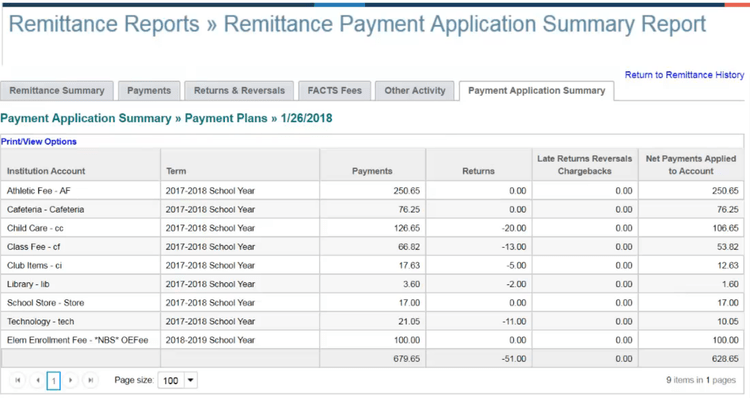
Using our list of top products as a starting point, the cost of higher education ERP systems ranges from $14/month to $5,000/year. However, the total cost is typically dependent on the number of user seats, FTE students, staff level, or add-on modules required. Selecting the deployment method is another important decision, as there are long-term price differences between an on-premise and a cloud-based ERP system.
All these factors can lead to exponentially rising costs from the relatively affordable $14/month starting point. Fortunately, many schools and colleges can find discounts through nonprofit organizations. These organizations generally have established relationships with software vendors and can help negotiate better terms for ERP implementation contracts.
